-
-
- Financial Aid
- Financial Aid
- Scholarships
- Loans
- Grants
- Federal Work Study
- Additional Resources
-

Samuel “Kaboo” Morris’ story continues to touch lives as one of the most significant individuals to have influenced Taylor University since its inception in 1846.
We invite you to learn more about Morris’ remarkable life, the people he personally touched, and his impact still today.
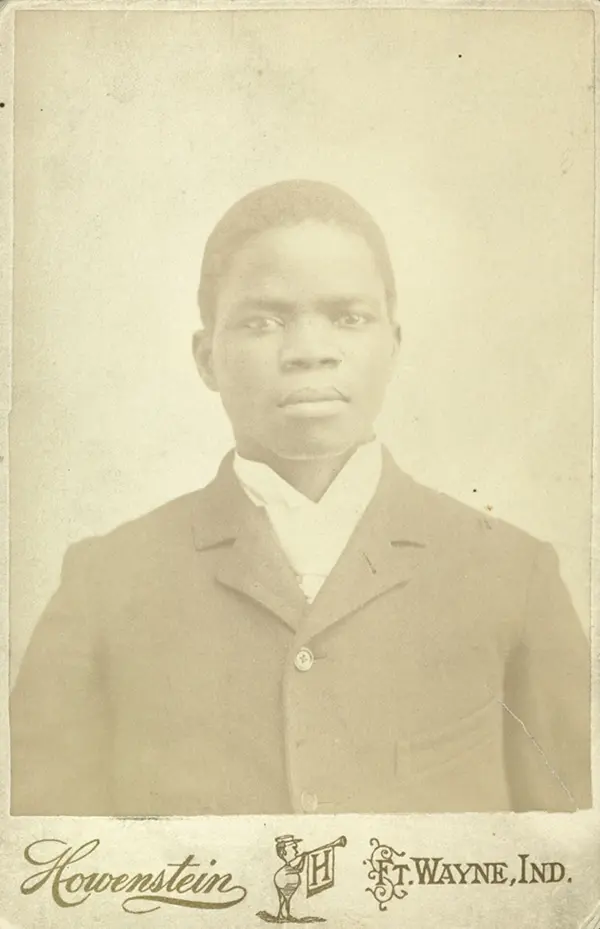 Over 130 years ago, in a small Liberian village in West Africa, Samuel Morris was born as Prince Kaboo, the eldest son of a Kru tribal chieftain. While still a child, a neighboring clan defeated his people and demanded Kaboo’s father pay a hefty ransom for his son’s return.
Over 130 years ago, in a small Liberian village in West Africa, Samuel Morris was born as Prince Kaboo, the eldest son of a Kru tribal chieftain. While still a child, a neighboring clan defeated his people and demanded Kaboo’s father pay a hefty ransom for his son’s return.
The conquering chief subjected Kaboo to terrible treatment and cruel labor. During one of many intense whippings, Kaboo said he saw a bright light and heard a voice from Heaven telling him to flee. Kaboo recalled the rope that had been binding him fell to the ground. He gathered his strength and ran into the jungle.
Traveling at night and hiding in the hollow of trees by day, Kaboo navigated blindly through the jungle. Eventually he arrived at the capital city of Monrovia. There, a young boy invited Kaboo to church where Miss Knolls, a missionary and graduate of Taylor University (then known as Fort Wayne College), spoke about the conversion of the Apostle Paul. Kaboo immediately saw similarities between his story and Paul’s. Shortly afterward, he accepted Christ as Savior and was baptized under the name of Samuel Morris in honor of the missionary’s benefactor.
Morris spent the next two years painting houses in Monrovia. He became a zealous member of the Christian community and displayed a fervent desire to learn about the Holy Spirit. Lizzie MacNeil encouraged him to travel to America and seek the instruction of her mentor, Stephen Merritt, former secretary to Bishop William Taylor. With no money or means of transportation, Morris began his journey on foot.
Sleeping on the beach at the Robertsport harbor, Morris waited several days before finding passage on a ship in exchange for work. The journey was difficult; Morris was often beaten and assigned to the most dangerous tasks. However, by the time the ship docked in New York in September 1891, the captain and most of the crew had accepted Christ because of Morris’ witness.
Once he arrived in America, Stephen Merritt warmly received Morris. He contacted Thaddeus Reade, then president of Taylor University, and requested to enroll Morris at the school. Due to Taylor’s financial debt, Reade personally started a fund for Morris. Reade’s effort would later be known as the “Faith Fund.”
In December 1891, Morris arrived on Taylor’s campus (then in Fort Wayne). When asked by Reade which room he wanted, Morris replied, “If there is a room nobody wants, give that to me.” Morris’ faith had such a profound impact on the Fort Wayne community he was frequently invited to speak at local churches. At night, he could be heard in his room praying, which he simply called “talking to my Father.”
President Reade once said, “Samuel Morris was a divinely sent messenger of God to Taylor University. He thought he was coming over here to prepare himself for his mission to his people, but his coming was to prepare Taylor University for her mission to the whole world. All who met him were impressed with his sublime, yet simple faith in God.”
The writers of the 1898 yearbook wrote, "In a little while, every one in the school came to look on Samuel Morris with reverence; all felt that he had an unusually close walk and open communion with God. His insight into the scripture was perfectly marvelous."
On May 12, 1893, Samuel Morris died after contracting a severe cold. Hundreds of people lined the streets of Fort Wayne as Samuel Morris’ body was carried to Berry Street Methodist Church.
Lindley Baldwin, the author of Samuel Morris, writes, “The burial ceremony in Lindenwood cemetery, his last earthly resting place, was attended by a multitude such had never before accompanied there.” Morris’ untimely passing prevented him from participating at the laying of the cornerstone at Taylor’s new Upland campus, where he was scheduled to speak and sing.
The location of Morris' original gravesite, however, remains unknown. In 1928, Taylor’s senior class had Morris’ grave relocated to a more prominent place in the cemetery and dedicated a new monument. It remains one of the most frequently visited graves in the cemetery.
Morris spent the next two years painting houses in Monrovia. He became a zealous member of the Christian community and displayed a fervent desire to learn about the Holy Spirit. Lizzie MacNeil encouraged him to travel to America and seek the instruction of her mentor, Stephen Merritt, former secretary to Bishop William Taylor. With no money or means of transportation, Morris began his journey on foot.
Sleeping on the beach at the Robertsport harbor, Morris waited several days before finding passage on a ship in exchange for work. The journey was difficult; Morris was often beaten and assigned to the most dangerous tasks. However, by the time the ship docked in New York in September 1891, the captain and most of the crew had accepted Christ because of Morris’ witness.
Once he arrived in America, Stephen Merritt warmly received Morris. He contacted Thaddeus Reade, then president of Taylor University, and requested to enroll Morris at the school. Due to Taylor’s financial debt, Reade personally started a fund for Morris. Reade’s effort would later be known as the “Faith Fund.”
In December 1891, Morris arrived on Taylor’s campus (then in Fort Wayne). When asked by Reade which room he wanted, Morris replied, “If there is a room nobody wants, give that to me.” Morris’ faith had such a profound impact on the Fort Wayne community he was frequently invited to speak at local churches. At night, he could be heard in his room praying, which he simply called “talking to my Father.”
President Reade once said, “Samuel Morris was a divinely sent messenger of God to Taylor University. He thought he was coming over here to prepare himself for his mission to his people, but his coming was to prepare Taylor University for her mission to the whole world. All who met him were impressed with his sublime, yet simple faith in God.”
The writers of the 1898 yearbook wrote, "In a little while, every one in the school came to look on Samuel Morris with reverence; all felt that he had an unusually close walk and open communion with God. His insight into the scripture was perfectly marvelous."
On May 12, 1893, Samuel Morris died after contracting a severe cold. Hundreds of people lined the streets of Fort Wayne as Samuel Morris’ body was carried to Berry Street Methodist Church.
Lindley Baldwin, the author of Samuel Morris, writes, “The burial ceremony in Lindenwood cemetery, his last earthly resting place, was attended by a multitude such had never before accompanied there.” Morris’ untimely passing prevented him from participating at the laying of the cornerstone at Taylor’s new Upland campus, where he was scheduled to speak and sing.
The location of Morris' original gravesite, however, remains unknown. In 1928, Taylor’s senior class had Morris’ grave relocated to a more prominent place in the cemetery and dedicated a new monument. It remains one of the most frequently visited graves in the cemetery.
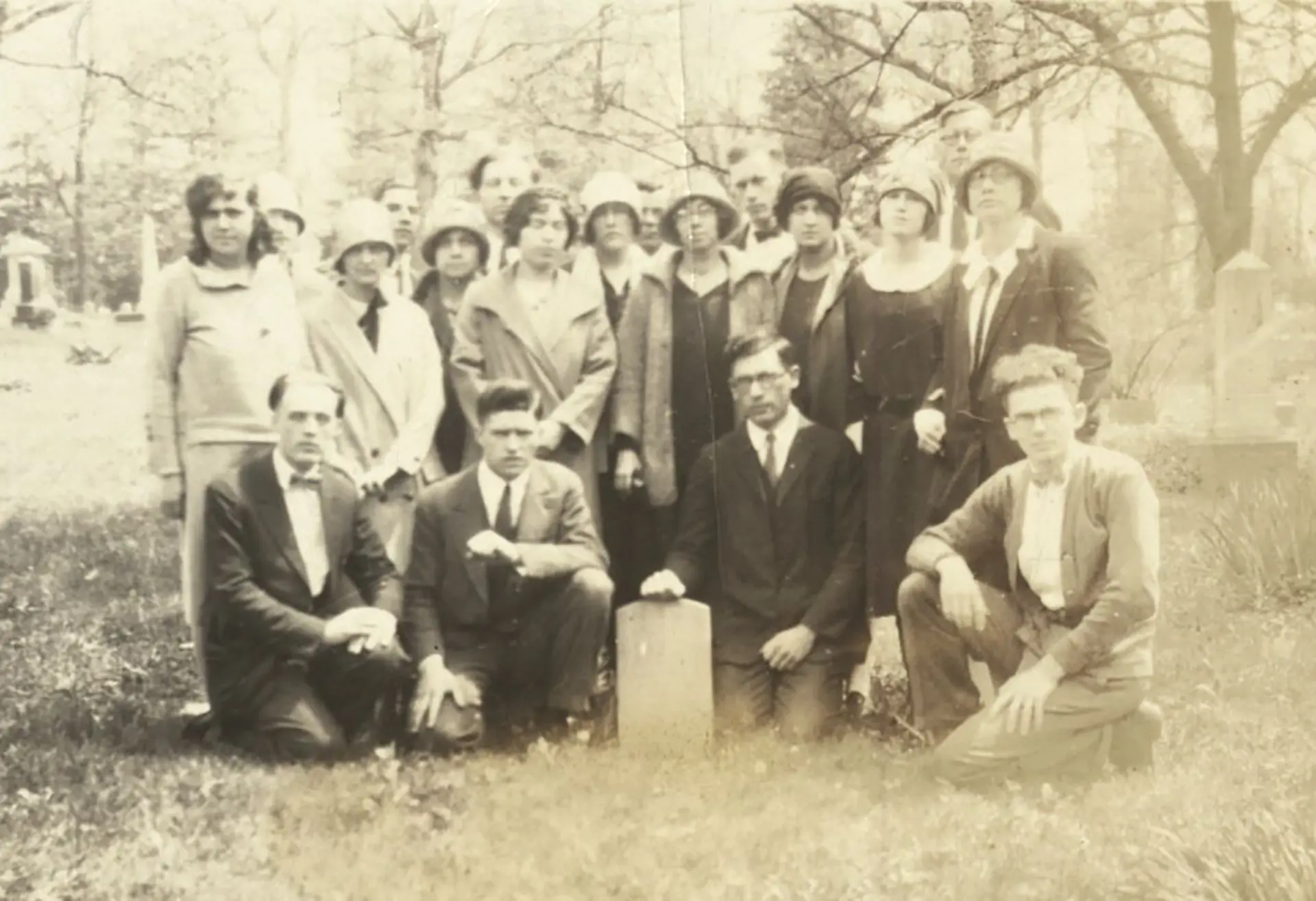
Within months of Samuel Morris’ passing, his incredible story began a journey around the world continuing far into the next century and beyond with a voice that could not be silenced. His death inspired his fellow students to serve as missionaries to Africa on his behalf, fulfilling his dream of one day returning to minister to his own people.
Beginning as early as 1891, Taylor has sought to aid others like Morris around the world. Jacob Kichler offered President Thaddeus Reade a five-dollar bill marking the first contribution to the Samuel Morris Faith Fund.
In 1996, after receiving a $3.15 million grant from Lilly Endowment, Inc., Taylor established the Samuel Morris Scholars program. The endowment awarded approximately 125 Indiana high school students with amounts ranging from $2,000 to $6,000. It ended with the 2003-2004 academic year.
When Lowell and Virginia Hatfield learned the original Faith Fund had been inactive for several years, they took action to ensure Morris’ testimony would continue by establishing a scholarship for international students.
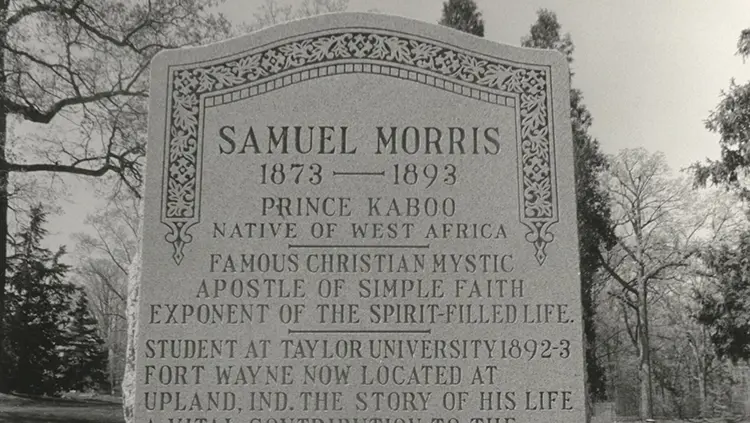
Since Smartboxes proved to be such a good solution for Liberian students, EIL wanted to see if these successes could be replicated. AcousTech, Inc. was contracted by IEL to begin manufacturing the SmartBoxes. AcousTech is a small Fort Wayne-based engineering firm whose co-owner and CEO is TU 1985 alumnus Jon Roth. The SmartBox has caught the attention of schools and orphanages in developing countries around the world. Today, there are more than 50 SmartBoxes deployed in 19 countries on three continents. Twenty-five of these SmartBoxes are spread across nine of the 15 counties in Liberia.
Today, the Samuel Morris program includes Gospel Y-Clubs in nearly all the Greenville area schools, Bible quizzing, an annual county-wide sports tournament for boys and girls, and a Saturday vocational program where students learn skills such as block-making, gardening, sewing, and cooking.
It’s been more than 130 years since Samuel Morris dreamed of returning to his homeland to teach his people the ways of God. But his dream is coming true!
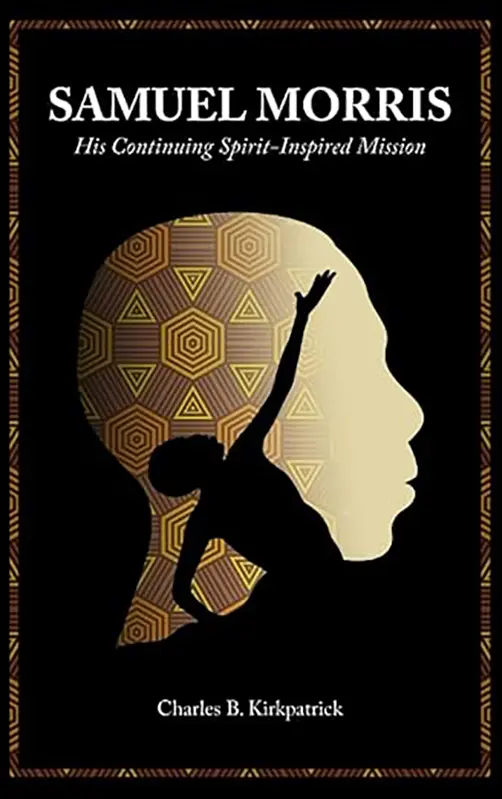
To learn more about the continuing story of Samuel Morris, Dr. Charles Kirkpatrick’s latest book Samuel Morris: His Continuing Spirit Inspired Mission can be purchased from Amazon.
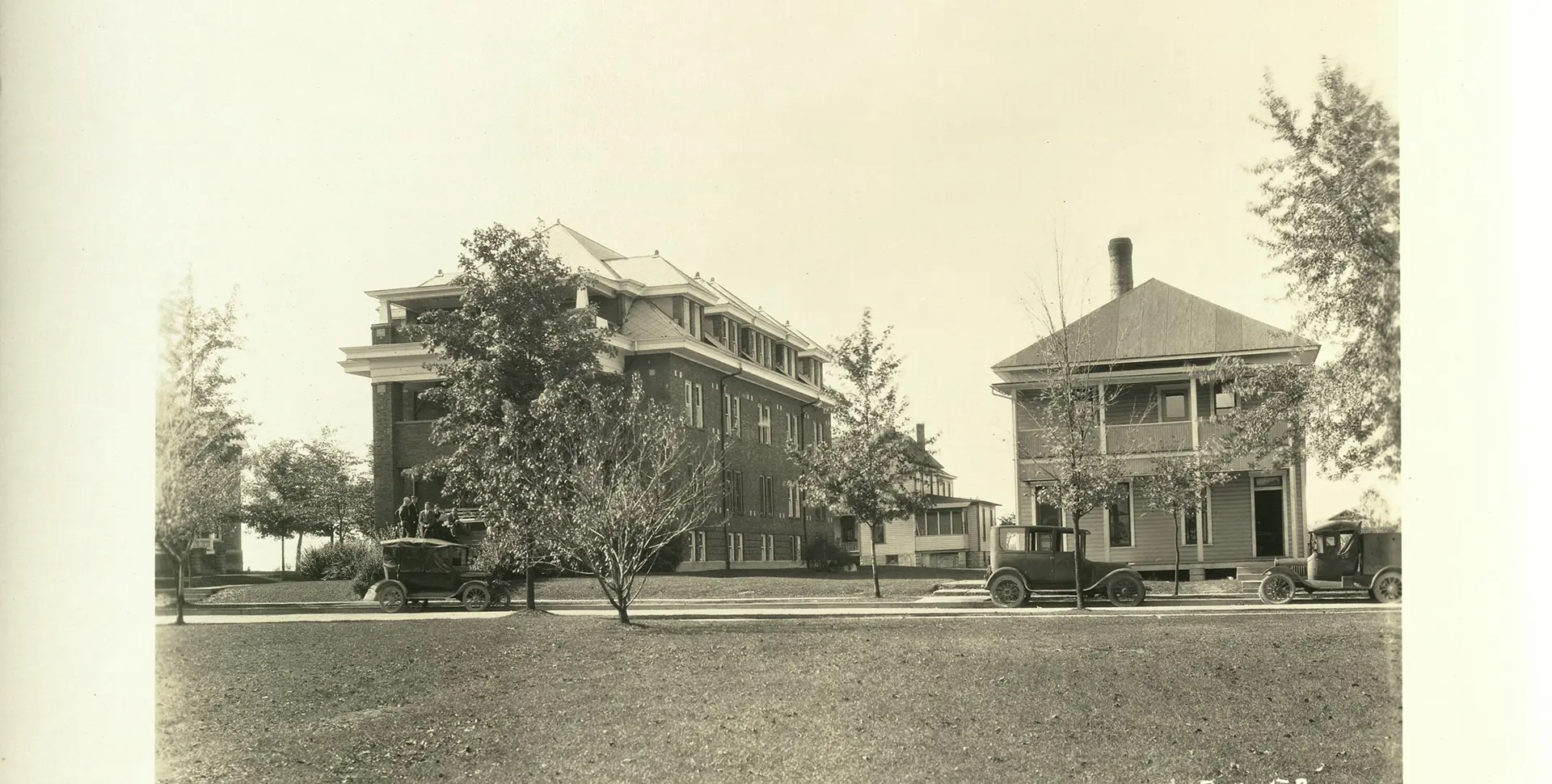
To commemorate Taylor University’s 150th anniversary in 1996, the university dedicated three on-campus bronze statues depicting key moments in Samuel Morris’ life. The statues, The Moment of Truth, Heeding the Call, and Sharing the Word, are located north of the Rice Bell Tower behind the Modelle Metcalf Visual Arts Center.
The larger-than-life-size statues, first conceived in 1988 by Jamey Schmitz ’88, were the culmination of a six-year effort by artist/sculptor Ken Ryden of Anderson, Indiana. Two of three statues stand in the midst of a reflection pool, which is in the shape of the Christian fish, Ichthus.
“The story of Samuel’s life deeply touched my own life, and my faith in God has been strengthened,” said Ryden. “I’m hoping the students will see these narrative figures as universal symbols that apply to their own lives.”
The Moment of Truth depicts Morris’ miraculous escape after being kidnapped by a neighboring tribe. In the midst of being tortured by the tribe’s Chief, Morris is seen looking upward where he sees a bright light and hears a voice from heaven telling him to flee. Heeding the Call shows Morris’ journey to freedom through the jungle and his unwavering commitment to obey God’s calling. Sharing the Word reveals Morris’ steadfast resolve to “go into all the world and preach the Gospel” and demonstrates his Christian witness.
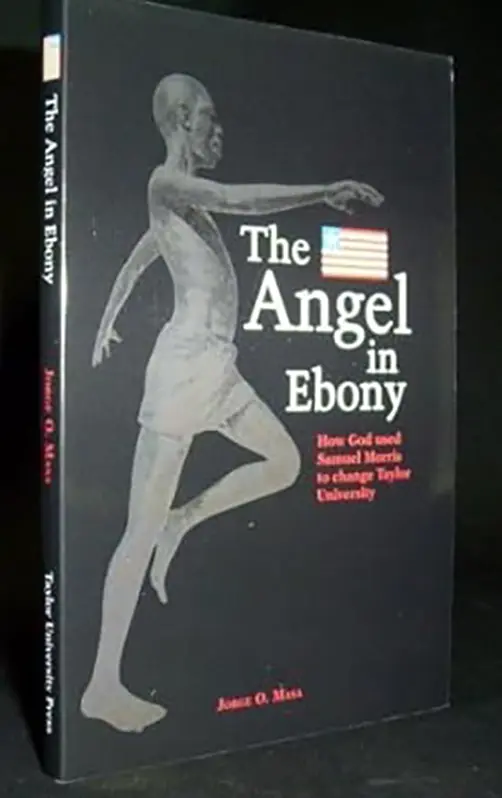
Morris's life story has been retold in six books, almost a dozen booklets, and translated into several languages, including Hindi, New Guinea Pidgin, French, and Chinese. Taylor University has reprinted Jorge O. Masa's, The Angel In Ebony. This book is available at the campus store.